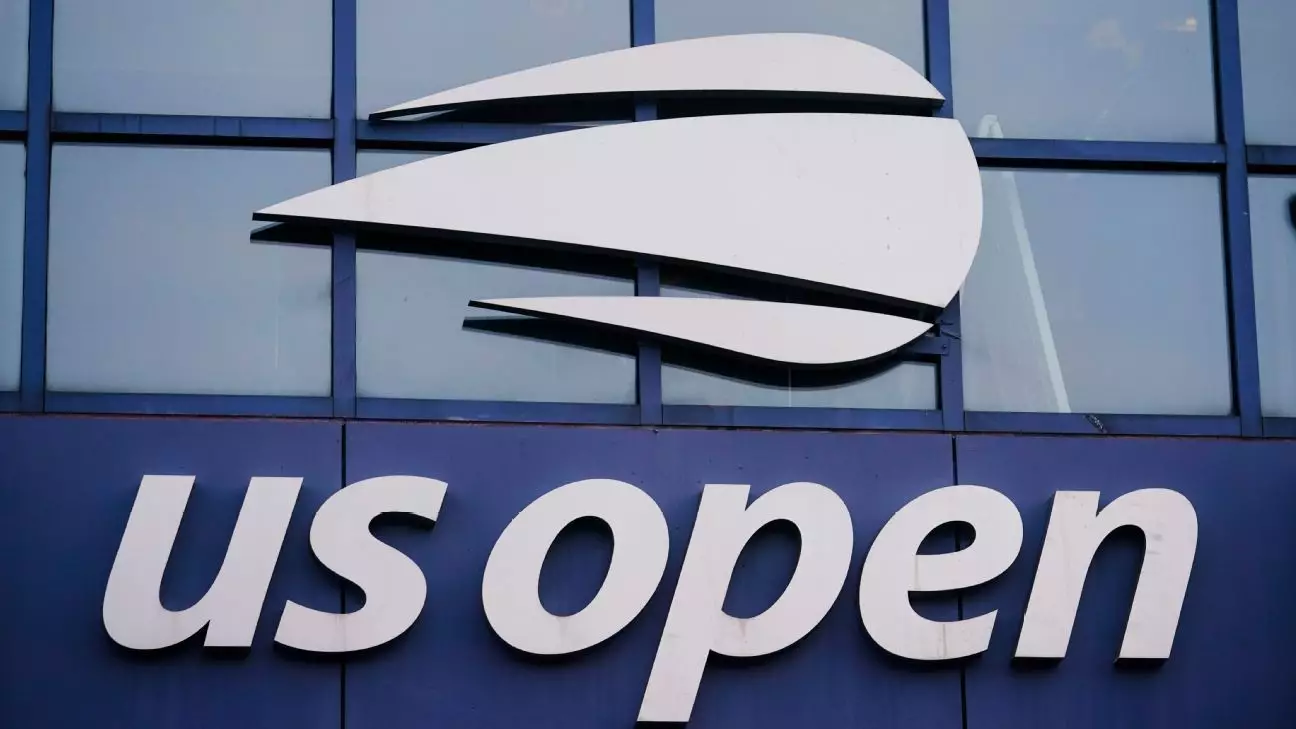The US Open, one of the most prestigious events in the tennis calendar, is making headlines with its transformative approach to mixed doubles. By relocating the mixed doubles championship to a week prior to the singles competitions, the tournament organizers hope to redefine the format in a way that attracts top players and invigorates the audience. The proposed changes include a significant increase in prize money and a new structure designed to enhance the viewing experience.
Traditionally, mixed doubles has often been viewed as less significant in the grand scheme of tennis tournaments. However, with a promised prize pool of $1 million, tournament officials are taking steps to change that perception. By introducing shorter matches over just two days, tournament organizers are consciously attempting to make mixed doubles more appealing to both players and fans alike. The restructuring allows for a focus on competitive play while still respecting the athletes’ need to remain fresh for singles matches.
Matches will now follow a best-of-three sets format that features games played to just four points, significantly speeding up the pace of play. Tiebreak rules have also been modified, reducing the play from the traditional 6-6 to just 4-4, potentially heightening the intensity in these shorter contests. These changes aim to attract some of the sport’s biggest stars who have historically opted out of doubles matches due to concerns over fitness and recovery for their singles commitments.
According to Lew Sherr, CEO of the U.S. Tennis Association, the vision behind this initiative is multifaceted. It is not only about boosting viewership and global interest but also about ensuring that top-tier talent is actively participating. The previous “Mixed Madness” event during the qualifying rounds last year served as an experiment that paved the way for the current overhaul. With high-profile players such as Naomi Osaka and Coco Gauff participating last year, the success of the event proved that a well-structured mixed doubles format could indeed captivate viewers.
Sherr highlighted the importance of enabling singles stars to seamlessly transition to mixed doubles without jeopardizing their readiness for singles matches. By creating an environment that encourages participation rather than discouragement due to scheduling conflicts, the USTA aims to provide fans with thrilling matchups.
Sherr notes that the boost in prize money is not simply a financial incentive; it represents a significant elevation in the prestige of mixed doubles. By transitioning from a relatively low-stakes exhibition towards a legitimate Grand Slam event, they are setting the stage for fierce competition. Only the final will mimic a traditional Grand Slam structure, while the earlier rounds prioritize speed and efficiency.
Adding to the excitement, there will be a mix of direct entries based on singles rankings and wildcard placements. This dual-entry system is designed to attract high-profile competitors while also giving opportunities to emerging talents. Although specifics regarding player commitments have not been disclosed, Sherr assured that many have already shown interest.
Despite the positive outlook, critics have raised concerns about the impact these changes might have on professional doubles players who rely on Grand Slam events for revenue. The new format potentially sidelines traditional doubles teams in favor of high-profile mixed pairs. In recognition of this affected demographic, Sherr mentioned that funds previously allocated to mixed doubles will instead be funneled into men’s and women’s doubles competitions.
While it’s acknowledged that the mixed doubles format’s high-stakes environment can overshadow traditional doubles, organizers believe this new focus could create a ripple effect. Increased attention toward mixed doubles could potentially enhance the visibility of standard doubles matches later in the tournament. The hope is that by elevating the profile of mixed competition, the overall perception of doubles within the US Open can improve.
As the tournament approaches, much attention will be on how these changes pan out in practice. The US Open’s decision to innovate reflects a broader trend in sports towards revitalization to maintain viewer engagement. The stakes will certainly be high as fans and players alike await developments in this reimagined mixed doubles landscape. Whether these strategies fulfill their promise of stimulating interest in doubles will depend on player participation and the reactions from the viewing public, especially in a sport that continually seeks to evolve and cater to a diverse audience.

